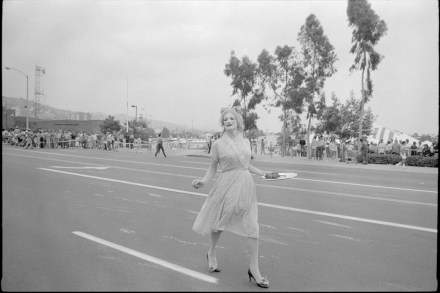Agitprop, love trucks and leaflet bombs: the art of protest
Titles can be misleading, and in case you have visions of microwave ovens running amok or washing machines crunching up the parquet, be reassured — or disappointed. Disobedient Objects, the new free display in the V&A’s Porter Gallery, is about objects as tools of social change. It’s a highly politicised exhibition and contains a great deal of fascinating material, from films to how-to guides (not quite ‘how to make a bomb’, but nearly). The gallery was packed when I went along. An admission charge might have made a difference. However, this is the kind of exhibition that should be free in a democratic country — if only to remind as

















